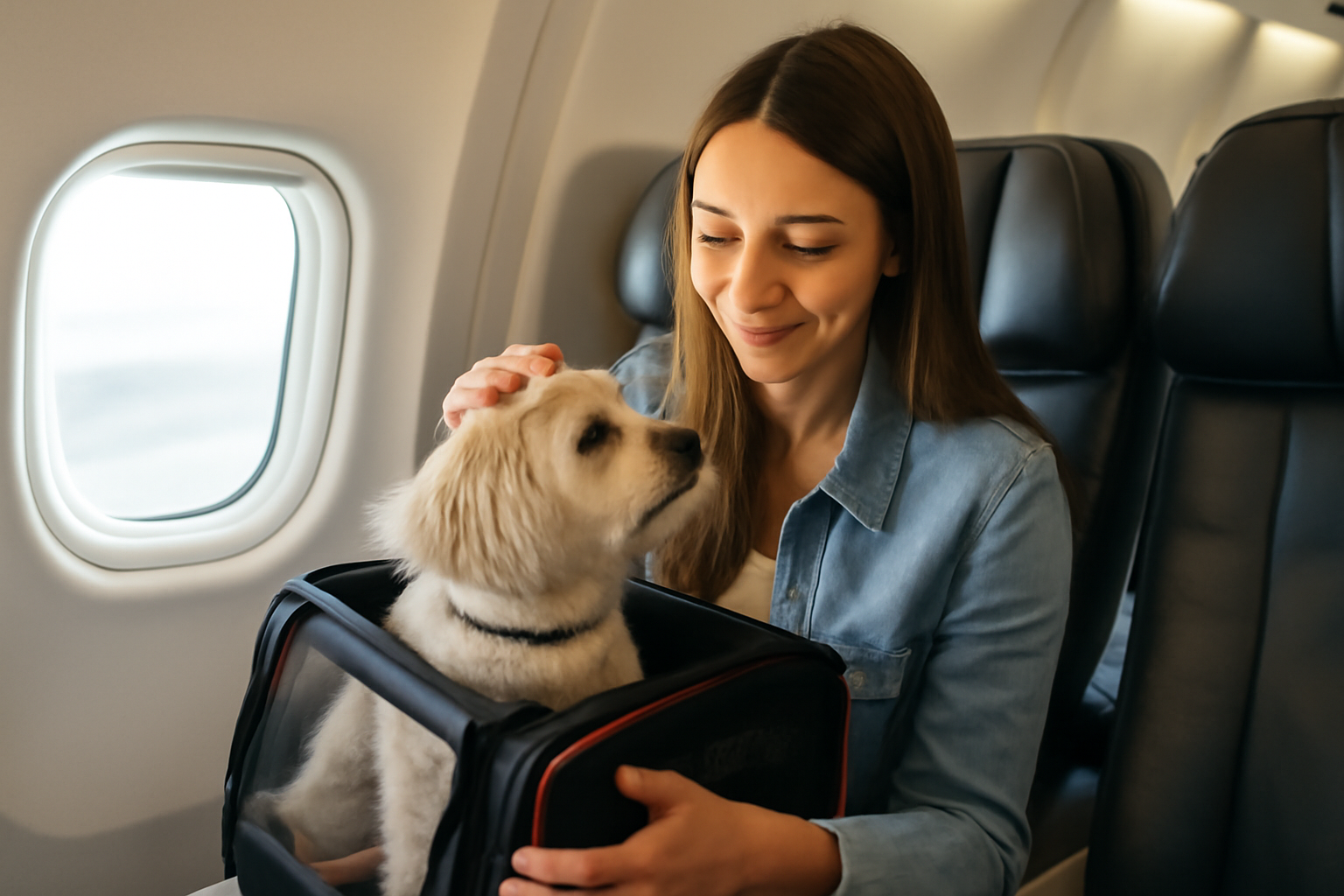Know What Your Allergies Are Before You Take Off Runway
It is very important that before you board a long haul flight you have to know what kind of allergy you are suffering from. It does not matter if it is food allergy, pet allergy, seasonal allergy, or simply a sensitivity for dust mites, knowing the particular triggers for your case can allow you to take steps ahead; to the advantage of your health. If your allergies are severe, and you need to travel by plane, consult with your doctor a couple of weeks before your plane ride in order to discuss medications or emergency plans.
Book Smart and Sit in The Right Seat
Where you sit may influence your comfort so much during a long flight. Selecting a window seat would mean one will not be located in the pathway of individuals walking to and fro and hence reducing the amount of exposure to allergens. If you are allergic to pet dander or if you are sensitive to respiratory problems, inform the airline prior to the flight and request for a seat away from where animals may be allowed.
Pack All Necessary Medications
Always take your allergy medications in the carry-on luggage. This comprises of antihistamines, decongestants, inhaler, or an epinephrine auto-injector if given. The medications should be properly labeled and easily accessible in order to be accessible throughout the flight. Bring more than enough to cover all the journey, even any layovers.
Food and drinks Based avoidance of the allergen exposure
Make sure to inform the airline of food allergies in advance, and make it clear when checking-in. Although there are airlines that do cater for allergy-friendly meals, it’s safest to bring your own snacks that are nutrient-free of your own allergens. Avoid the foods offered by the other passengers and clean your tray table, seatbelt, and armrest thoroughly with sanitizing wipes.
Put a mask on if your allergies are caused by airborne
If one has airborne allergies, such as pollen, dust, or dander, the use of a high quality mask will help significantly. A perfect fit of N95 or a suitable mask is known to reduce your exposure to the airborne particles and helps in creating cleaner air around you. This is particularly of value in crowded cabin environments.
Hydrate well and care for the health of the nose.
The dry air at the cabin can annoy your respiratory system and worsen the allergy symptoms. Drink a lot of water during the flight process and use a saline nasal spray to moisten the nasal passages. Hydration also facilitates the body to deal more effectively with allergic uprising and contributes towards general comfort while in the flight.
Minimize Contact with Common Irritants
Airplane cabins are environments in which dust, cleaning chemicals, and fragrance based aggravators can proliferate. Avoid the use of the airline pillows and blankets since they could be full of allergens of past users. Bring your own hypoallergenic alternatives and try wearing multiple layers of breathable clothes to lessen skin irritation.
Notify the Flight Attendants of Severe Allergies
Following your boarding of the flight advise the flight attendants of the gravity of your allergy and they in turn may help avert life threatening reactions during the course of the flight. They can make announcements, prohibit serving certain foods within the vicinity, and also be ready to render help if there is an emergency. This information boosts your safety in the flight by making them available to you.
Conclusion
When managing allergies during long haul flights, preparation, communication, and self-care need to be practiced. When you know your triggers, pack necessary medications, get the right seat in aircraft, and take action to limit allergen exposure, then you can travel more comfortable and safely. Proper care can make sure that people with severe allergies can confidently use long distance air travel.





